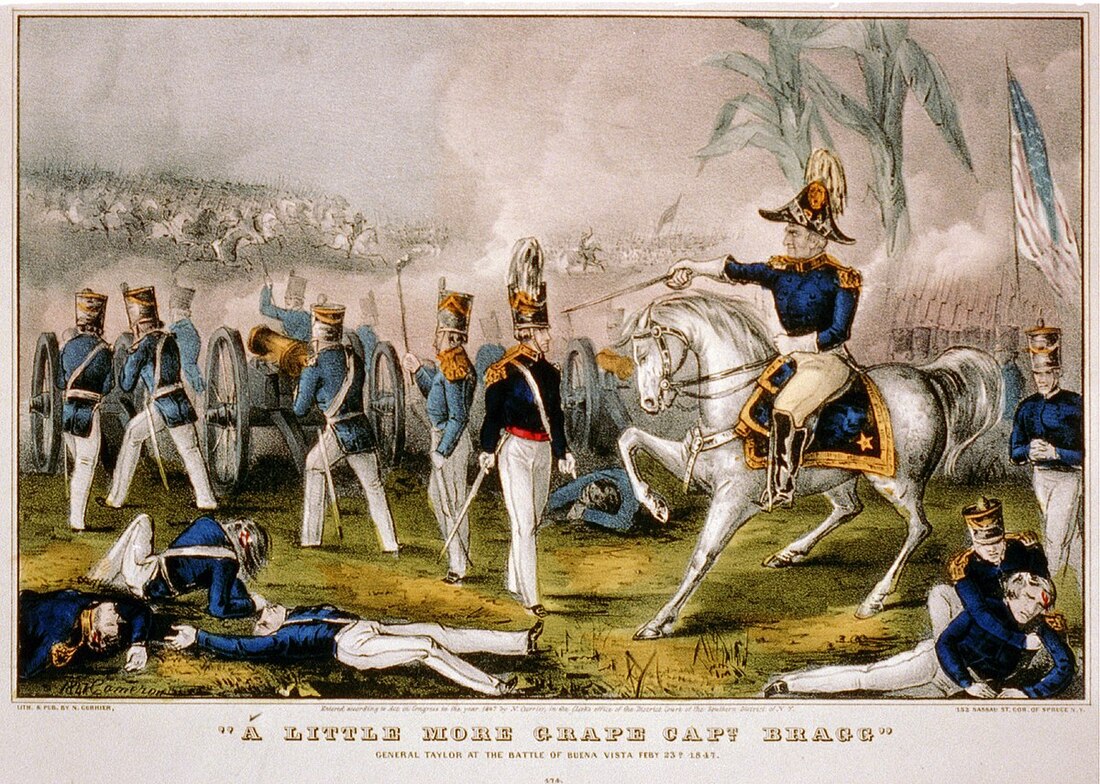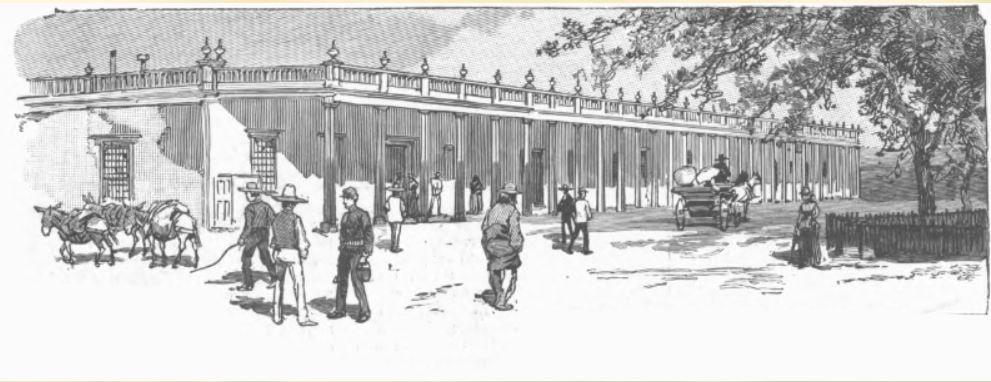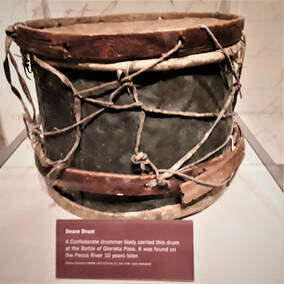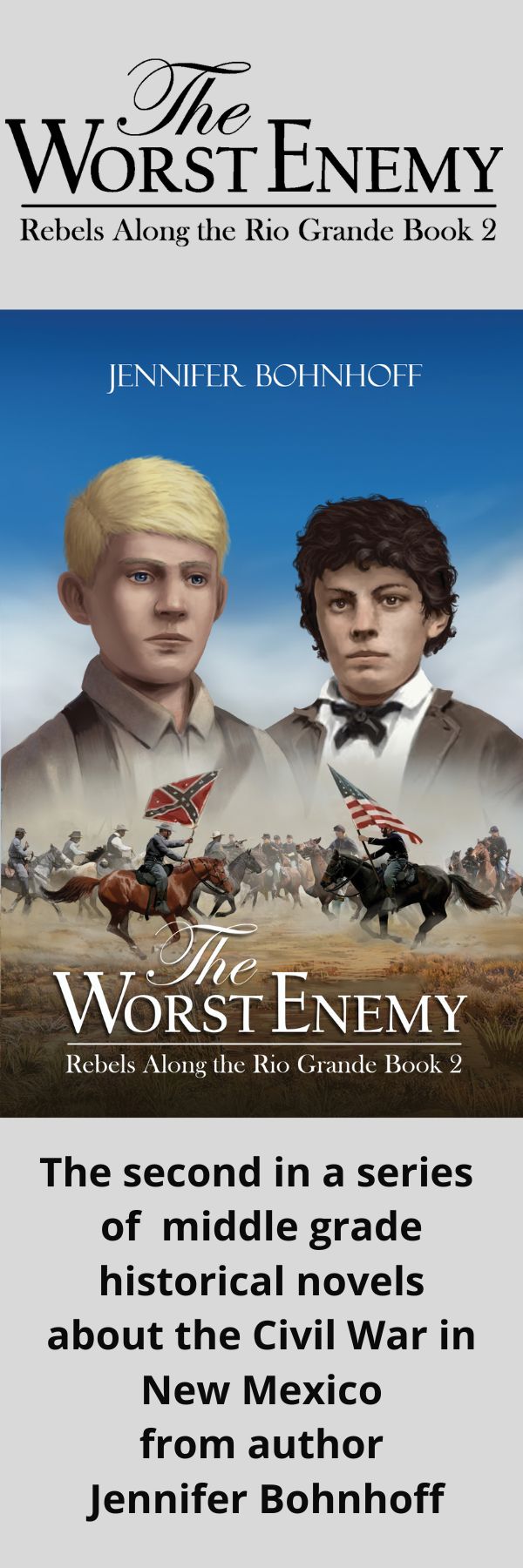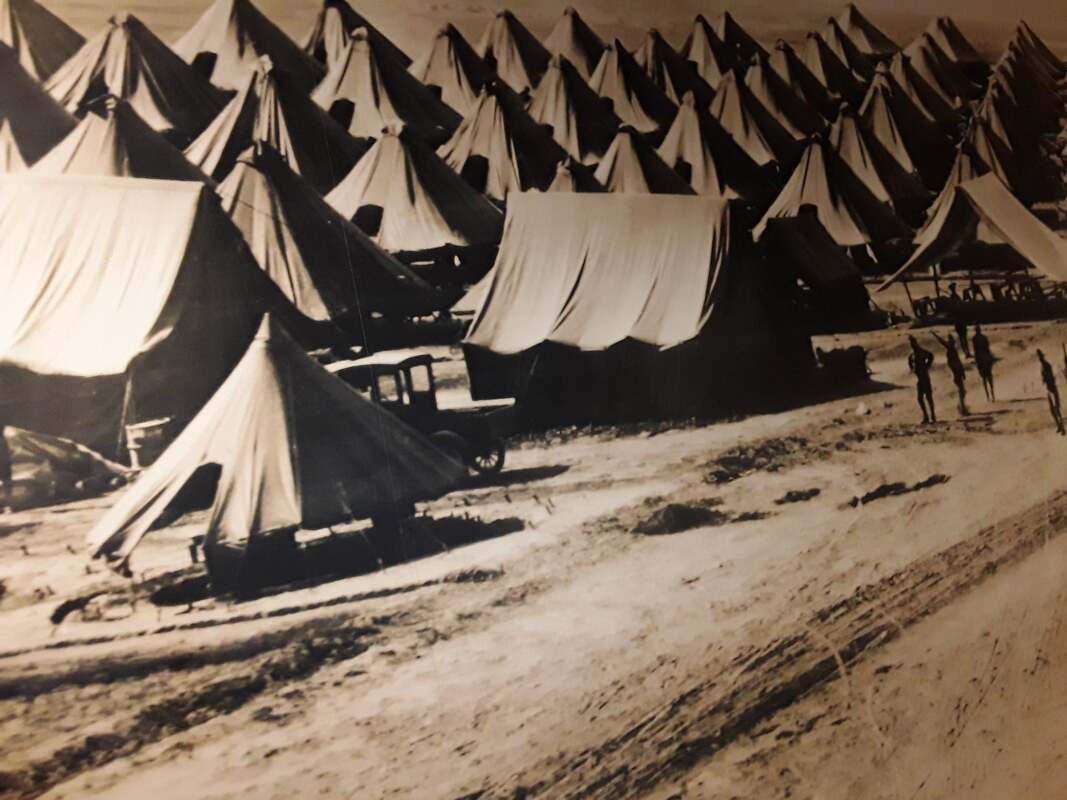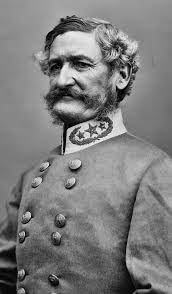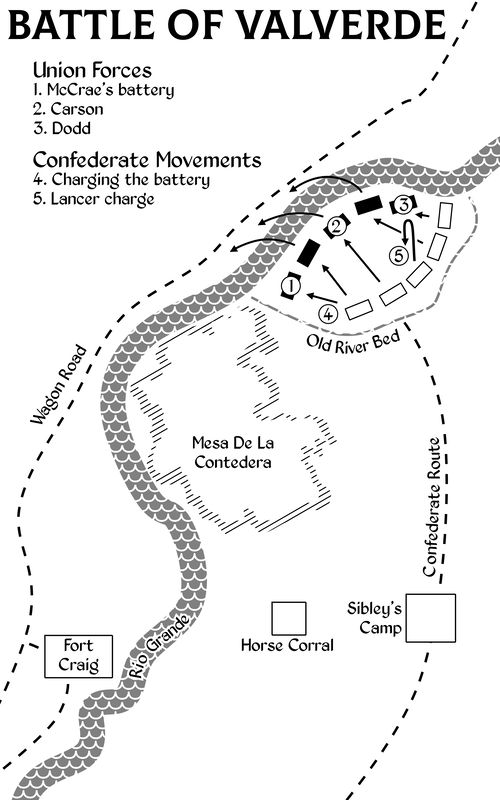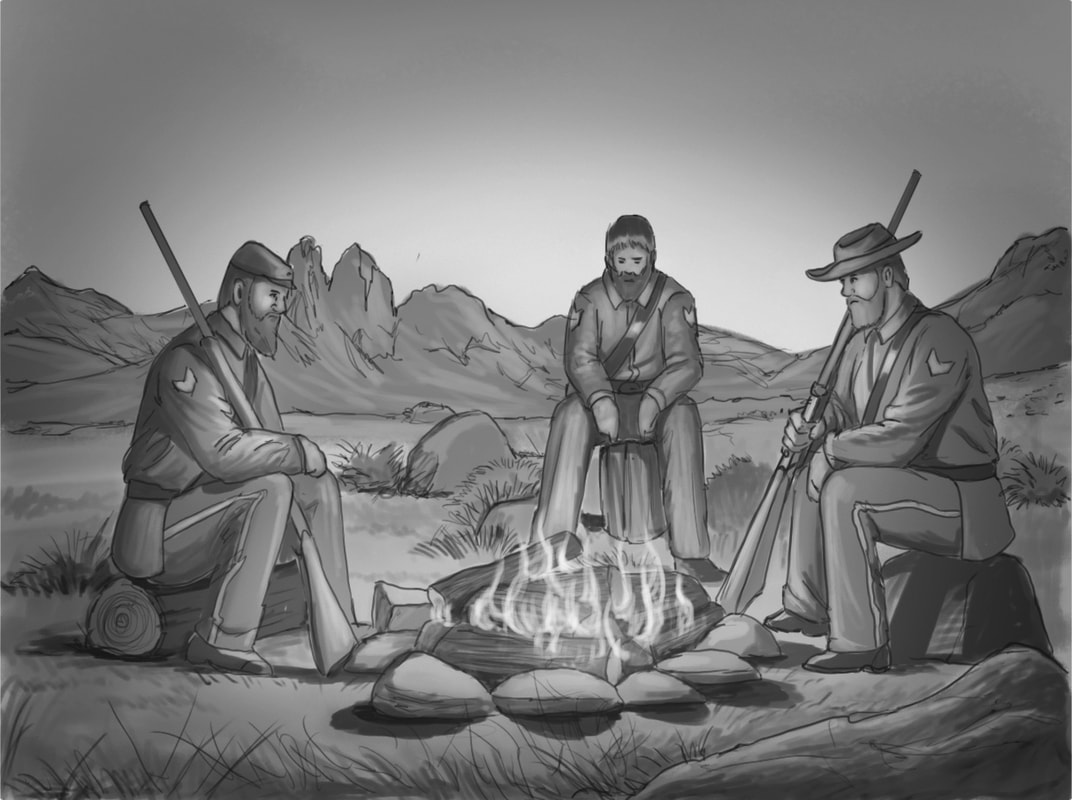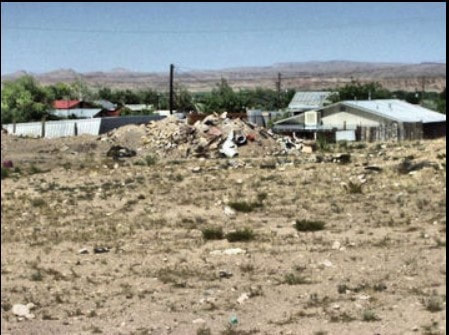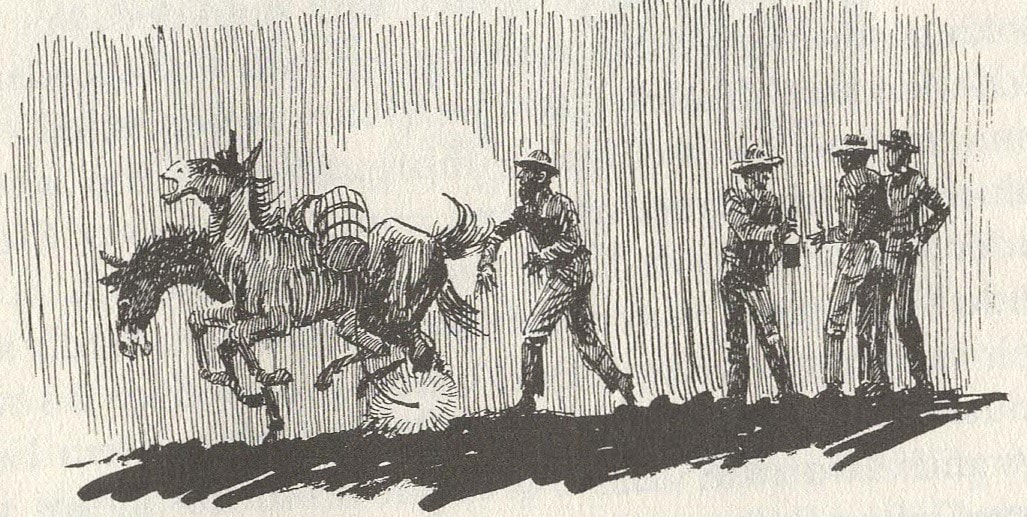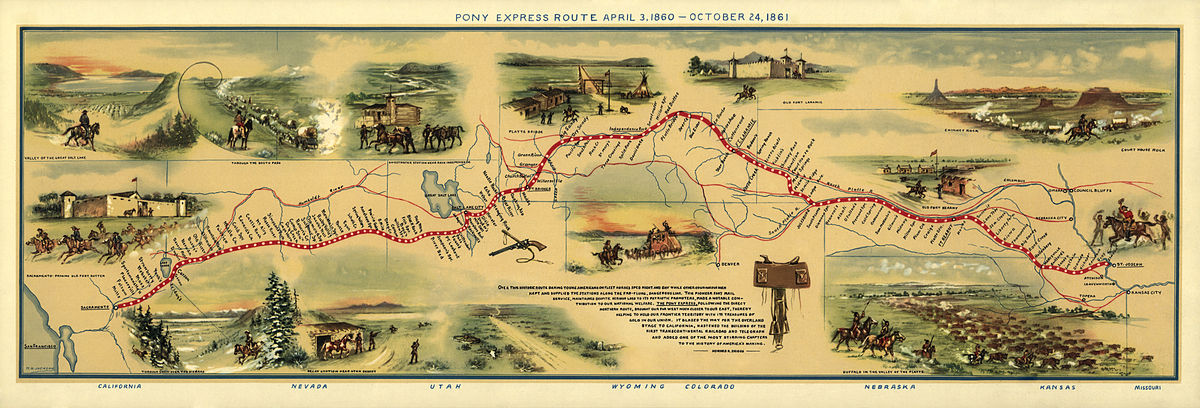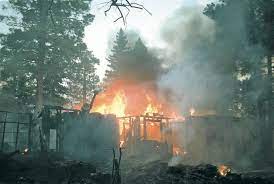This became apparent one day when a 7th grader asked me what was so scary about having grapes shot at you. We were studying the Mexican American War, and read that the cannons were loaded with grape. She honestly believed that cannoneers loaded their guns with the same kind of grapes that make their way into jelly and jam. While this would lead to a sticky situation, and perhaps some stained uniforms, it likely wouldn't lead to many fatalities.
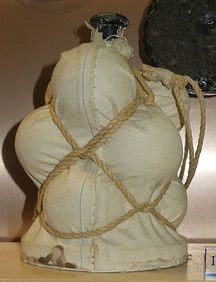 By Geni - Photo by user:geni, GFDL, https://commons.wikimedia.org/w/index.php?curid=11925339
By Geni - Photo by user:geni, GFDL, https://commons.wikimedia.org/w/index.php?curid=11925339 When I began teaching out in the country, I found that this perplexed students less. Although a few of my city kids were hunters or had a father or mother who hunted, many more of my country kids did so. They knew that buck shot was fired from shotguns when shooting deer, and birdshot, with its smaller pellets, was effective for shooting pigeons. But even in the country, students were dumbfounded that anyone used shot on grapes.

Grapeshot was especially effective against amassed infantry movements, such as Pickett's Charge at the Battle of Gettysburg or the Confederate charge of McRae's Guns at the Battle of Valverde. But by the Civil War, grapeshot was already becoming a thing of the past, replaced by canister.
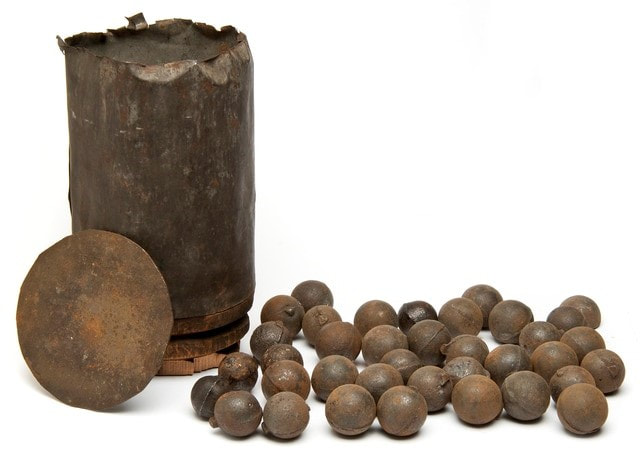 By Minnesota Historical Society [CC BY-SA 3.0 (http://creativecommons.org/licenses/by-sa/3.0)], via Wikimedia Commons
By Minnesota Historical Society [CC BY-SA 3.0 (http://creativecommons.org/licenses/by-sa/3.0)], via Wikimedia Commons Canister is a word that is unfamiliar to many middle grade readers. They are too young to know what a film canister is. They do, however, know what a can is, and can readily accept that can is short for canister.
Understanding vocabulary words like grape and canister can help middle grade readers understand the historical fiction they are reading. Understanding the fiction can lead them to understand the history behind it, enriching their lives and making their reading much more informative and pleasurable.
